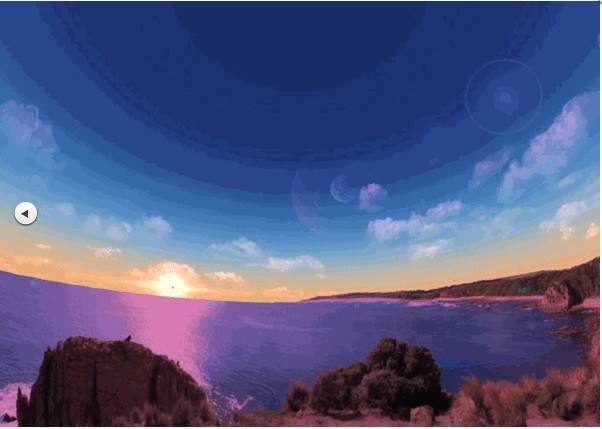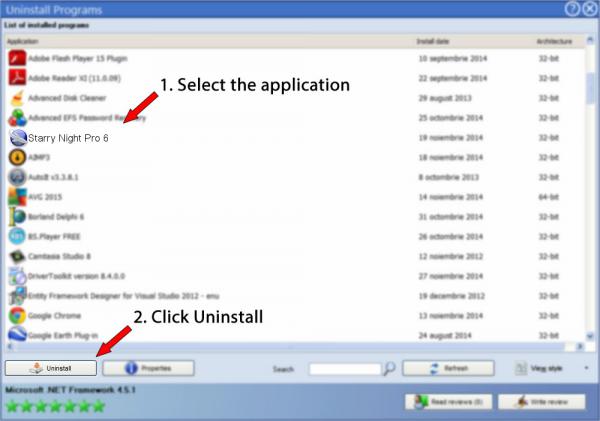
- STARRY NIGHT PRO POSITION ANGLE PRO
- STARRY NIGHT PRO POSITION ANGLE SOFTWARE
- STARRY NIGHT PRO POSITION ANGLE ISO
The star trails captured this way would be clear and defined.
STARRY NIGHT PRO POSITION ANGLE PRO
7.5 degrees of rotation about the north-south axis (note that the farther the stars are away from the axis the longer distance they move, given the same degree of rotation). 1 2 3 4 5 6 Extra Solar Planets Pro Plus 7 includes known exoplanets in 3D, with proper size, orbit and planetary textures You can visit and land of the surface of every single one. Therefore, photographing the stars for a consecutive period of 30 minutes means a circular path of 1/48 of the circle traveled by the stars, i.e. The time the stars take to complete a rotation about the north-south axis is equivalent to that of the Earth's rotation, i.e. Besides, EOS 7D Mark II features an in-camera “Interval Timer” function for easy setting the number of shots and the shooting interval, thus eliminating the need of a timer remote controller. A timer remote controller (such as TC-80N3) is recommended for use here to trigger the camera to shoot while avoiding camera shake.
STARRY NIGHT PRO POSITION ANGLE SOFTWARE
Take a series of consecutive shots and then superimpose them in post-editing software to connect the star trails seamlessly.
STARRY NIGHT PRO POSITION ANGLE ISO
The camera settings used are similar with that when photographing stars, which are f/1.4, ISO 400 and 30s shutter speed. Take some consecutive shots with long exposure and then superimpose them, you'll get a great shot of bright and defined star trails. With the Earth rotates about the north-south axis, the static stars thus appear to be moving when viewed from the Earth. That being said, it's the Earth that turns but not the stars. Star trails refer to the trails of movement of stars. There is a common feature in all of these images. Alternatively, we can take multiple shots with different exposure settings and merge them into one perfect image in post-editing, or use a black card to control the exposure area and time during the course of shooting. In Starry Night, if you choose 'Galactic Plane' from the Favorites Menu (under Deep Space / Milky Way), you can see a similar view. See Orientation in the Customizing chapter for details. That's why we should always shoot in RAW format to ensure greater post-editing flexibility to adjust the exposure afterwards. Orientation Using the Orientation menu command, you can change your orientation between Local (Standard), Equatorial, Ecliptic and Galactic.



In addition, long exposure shooting may cause over-exposure in the foreground especially when there are illuminating buildings. Those who don't have a large aperture lens can use an ISO between 8 for similar result. Based on experience, camera settings equal to f/1.4, ISO 400 and shutter speed of approximately 30s are adequate for bright capture of stars in a dark setting. To achieve these, we need to adjust to the largest aperture to ensure accurate exposure. Since long exposure shooting with digital cameras will result in increased image noise and the movement of stars will cause image blur, we should shoot with the lowest ISO possible to ensure image quality and use the quickest shutter speed possible to ensure image clarity. Photographing stars is relatively easier than photographing star trails.


 0 kommentar(er)
0 kommentar(er)
